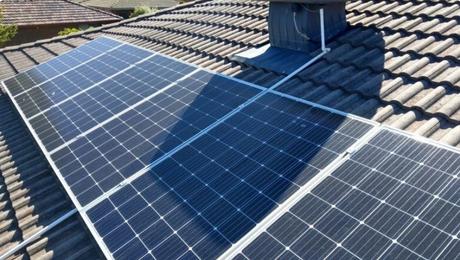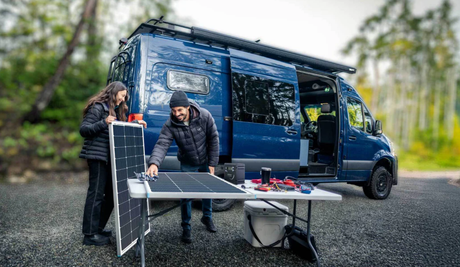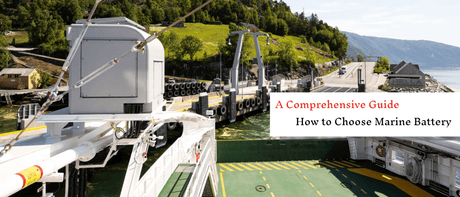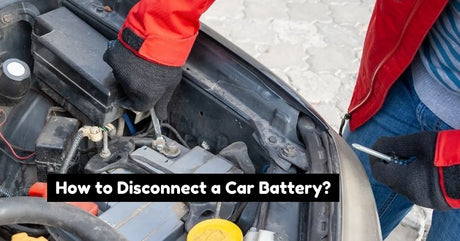Sizing an inverter for your solar system
Inverters are a crucial component of nearly every solar installation. Even though they’re not as visibly prominent as solar panels themselves, inverters enable you to actually connect with appliances. How do you know what type and size to purchase to best fit your system? What should you look for when inverter shopping?
What is an inverter?
Inverters serve as the gateway between the photovoltaic system and the devices and appliances drawing energy from your system. They perform the important function of turning the DC output collected from your solar panels into alternating current AC, which is the standard used by all commercial appliances.
Do I always need an inverter?
Yes! You typically need a solar inverter for any solar panel larger than five watts.
How are inverters configured in off-grid systems?
In off-grid systems, a charge controller will send the power to a battery bank and then an inverter will convert the DC to AC for the home. Off-grid inverters, known as stand-alone inverters, need a battery bank to function. When selecting off-grid solar inverters, it is essential that the output power of the inverter is large enough to support the loads of the system. Many off-grid solar inverters include a charger in order to replenish the battery.
What are the different inverter types?
When building your solar installation, you’ll most likely be choosing between installing a pure sine wave inverter and a modified sine wave inverter.
Modified Sine Wave Inverters: Poolarity abruptly switches from positive to negative versus a true sine wave in modified sine wave inverters. When looking at the wave, it has a stair-step, square pattern, where the polarity is flipped back and forth. That choppy wave can negatively affect more delicate, sensitive equipment. If you have medical equipment you need to power, such as a CPAP machine, you won’t be able to use a modified sine wave inverter. Additionally, in many cases, you’ll hear a hum with devices attached to a modified sine wave inverter. However, with simple devices and appliances, modified sine wave inverters typically do the job.
Pure Sine Wave Inverters: Pure sine wave inverters are capable of producing smooth quiet, and reliable electricity to operate appliances and electronics without any interference. Like its name suggests, pure sine wave inverters produce current in a pure sine wave shape. Renogy sells a range of pure sine wave inverters of varying capacities to fit your solar installation and your energy needs. Renogy inverters also provide overload protection for both DC input and AC output to prevent damage to the components and the unit.
What can I run with a modified sine wave inverter?
If you’re looking to save some money, modified sine wave inverters can be purchased and used in simple systems without sensitive electronics. If the electronic doesn’t have an AC motor and isn’t a delicate piece of medical equipment, you may be fine. Old tube tvs, water pumps, and phone chargers usually operate ok with a modified sine wave inverter.
Appliances like refrigerators, microwaves, and compressors that use AC motors won’t run as efficiently on a modified sine wave inverter. Some fluorescent lights will also not operate quite as bright, and some may buzz or make humming noises.
What do I need a pure sine wave inverter to run?
What are pros and cons of using a pure sine wave inverter?
Pros:
If your budget allows, pure sine wave inverters are typically the best choice because they can be used to power nearly all appliances, are efficient, quiet, and safe. Renogy’s pure sine wave inverters are equipped to meet the needs of your off-grid system.
What size solar inverters do I need for my system?
Solar inverters come in a range of different sizes. Like solar panels, inverters are rated in watts. Because your solar inverter converts DC electricity coming from the panels, your solar inverter needs to have the capacity to handle all the power your array produces. As a general rule of thumb, you’ll want to match your solar panel wattage. So if you have a 3000 watt solar panel system, you’ll need at least a 3000 watt inverter. Need help deciding how much solar power you’ll need to meet your energy needs? Use the Renogy solar calculator to determine your needs.
Renogy has pure sine wave inverters ranging in size from 700 to 3000 watts. Inverter chargers are also a great option for those living off-grid who may also connect to shore power occasionally. In addition to converting DC to AC, the Renogy 2000W Pure Sine Wave Inverter Charger can charge and maintain a battery bank when connected to shore power.
How do you connect an inverter to a battery?
Inverters larger than 500 watts must be hard-wired directly to the battery bank. The owner's manual of your inverter will specify the cable size you should use. Cable size also depends on the distance between the inverter and the battery. It’s always good to use the shortest length of cable that is practical. When connecting an inverter to a battery, we recommend using an overcurrent protection device, such as a fuse or circuit breaker, between the two devices.
AC and DC safety disconnects are also a requirement in all systems. In off-grid solar systems, a DC disconnect is installed between the battery bank and the inverter. This is used to switch off the current flowing between the two components and is important for maintenance, troubleshooting, and protection against electrical fires.
Conclusion
Selecting a solar inverter doesn’t have to be a headache. By understanding some of the different types and how to select the right size, you’ll be on your way to a safe and efficient system in no time.










